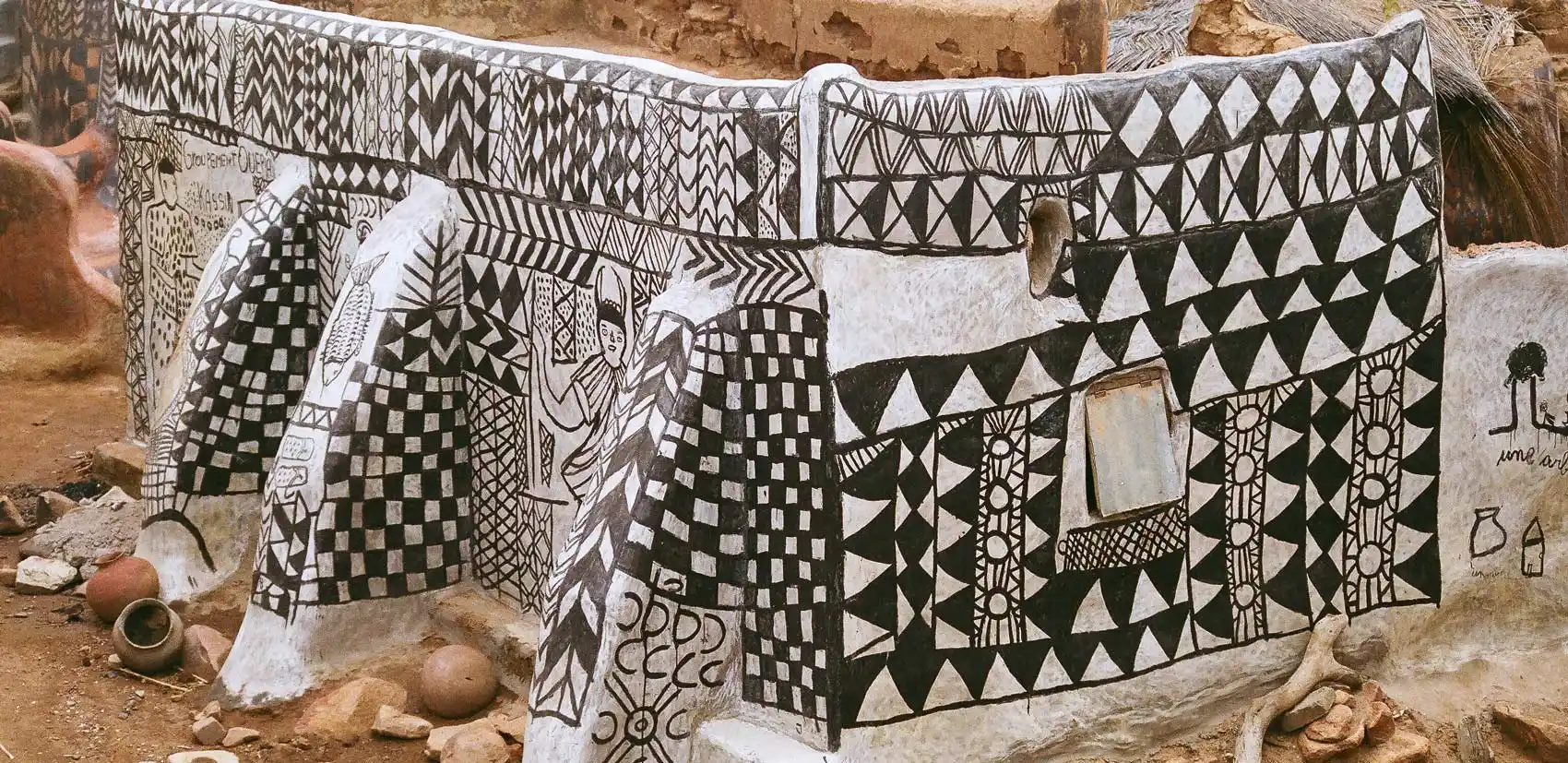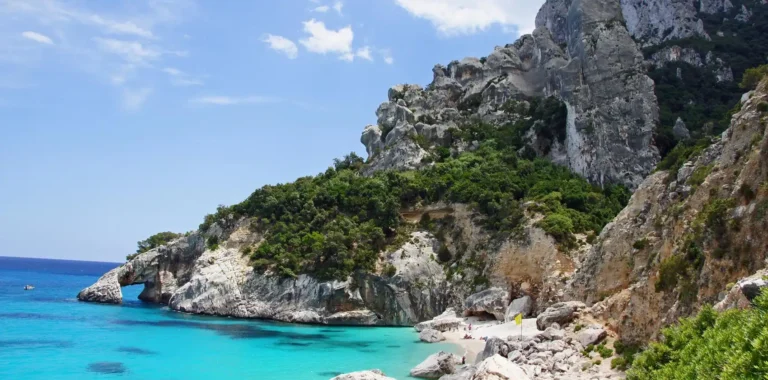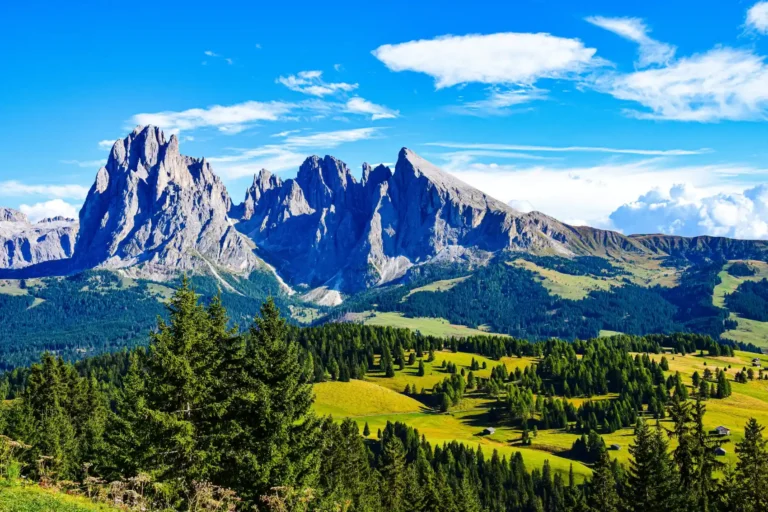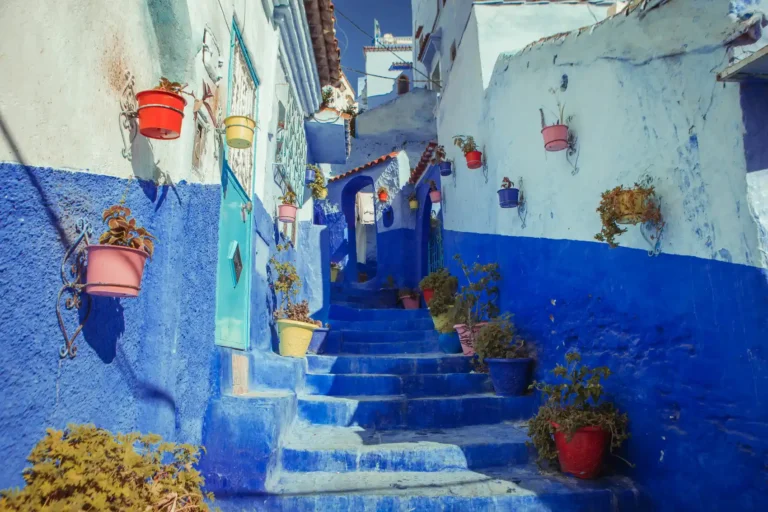The Latest UNESCO World Heritage Sites You Need to Know (2024 Edition)
Every year, UNESCO adds new sites to its World Heritage List, recognizing places of exceptional cultural and natural value. The most recent additions—announced in 2024—include 24 breathtaking locations that range from ancient cities and architectural wonders to stunning natural landscapes.
In this guide, we’ll explore the latest UNESCO sites, highlighting why they matter and what makes them unique. Whether you’re a history lover, a nature enthusiast, or an adventurous traveler, these destinations deserve a spot on your must-visit list.
Cultural Sites (Latest UNESCO Additions – 2024)
1. Vjetrenica Cave, Bosnia and Herzegovina
Vjetrenica is the largest cave system in Bosnia and Herzegovina, stretching over 7,000 meters through limestone formations. Its vast underground rivers and stunning stalactites make it a geological wonder. The cave is home to over 200 unique species, including the rare olm, an aquatic, blind amphibian that has adapted to total darkness. Archaeological remains suggest that prehistoric humans inhabited or explored the cave thousands of years ago, adding historical significance to its natural beauty.
2. Royal Court of Tiébélé, Burkina Faso
Located in southern Burkina Faso, the Royal Court of Tiébélé is a living testament to Kassena culture. The site is famous for its intricately painted earthen homes, decorated with geometric patterns that tell stories of ancestry, protection, and spiritual beliefs. These houses, made using traditional mud-brick construction techniques, have been preserved for generations and continue to be inhabited by the royal family. The complex also highlights the advanced social organization of the Kassena people, making it an exceptional example of West African heritage.
3. Beijing Central Axis, China
The Beijing Central Axis is a 7.8 km-long line running through the heart of China’s capital, embodying over 700 years of urban planning and imperial architecture. It stretches from the Yongding Gate in the south to the Drum and Bell Towers in the north, including landmarks like the Forbidden City, Tiananmen Square, and the Temple of Heaven. Built following traditional feng shui principles, the axis reflects the harmony between human structures and nature, serving as a model for Chinese city planning for centuries.
4. Melka Kunture and Balchit, Ethiopia
Melka Kunture is one of Africa’s most important prehistoric archaeological sites, providing evidence of human occupation dating back 1.7 million years. Excavations here have uncovered stone tools, fossilized animal remains, and ancient human settlements, offering insights into early human adaptation and survival. The site is also significant for studying early hominid migration, as it sits along ancient routes used by our ancestors as they spread across Africa.
5. Schwerin Residence Ensemble, Germany
Nestled on an island in Lake Schwerin, this magnificent 19th-century palace is often called the “Neuschwanstein of the North” for its fairy-tale appearance. The Schwerin Palace was the seat of the Grand Dukes of Mecklenburg-Schwerin and showcases neo-Renaissance architecture, lavish interiors, and well-preserved gardens. Today, the site serves as a museum and government building, preserving its historical significance while attracting thousands of visitors each year.
6. Moidams – Burial Mounds of the Ahom Dynasty, India
Located in Assam, these royal burial mounds (moidams) are the final resting places of Ahom kings and nobles from the 13th to the 18th century. Each mound contains a hidden underground chamber, where the deceased were buried with their belongings, reflecting the Ahom belief in life after death. The site is a blend of Tai-Ahom, Hindu, and indigenous Assamese architectural traditions, showcasing sophisticated burial engineering that has withstood centuries.
7. Hegmataneh, Iran
Hegmataneh, believed to be ancient Ecbatana, was the capital of the Median Empire (7th century BCE) and later a key Persian, Greek, and Islamic center. Archaeological remains include massive fortress walls, royal palaces, and a complex underground water system. Coins, pottery, and inscriptions found here reveal its long history of conquest and cultural blending.
8. Via Appia, Italy
Known as the “Queen of Roads”, the Appian Way (Via Appia) is one of the oldest and most important roads of Ancient Rome. Built in 312 BCE, it connected Rome to Brindisi, facilitating trade, military expeditions, and cultural exchanges. Today, it is one of the best-preserved Roman roads, lined with ancient tombs, aqueducts, and ruins, making it a historical treasure trove for visitors.
9. Sado Island Gold Mines, Japan
Once Japan’s largest gold and silver mines, Sado Island played a major role in the country’s economic and industrial growth during the Edo period (1603–1868). Visitors can explore historic mining tunnels, refineries, and former worker settlements, showcasing centuries of technological innovation in metallurgy.
10. Umm Al-Jimāl, Jordan
Known as the “Black Gem of the Desert”, Umm Al-Jimāl is a striking Nabataean, Roman, and Byzantine city built almost entirely from black basalt stone. Dating back to the 1st century CE, this ancient settlement was an important trading and military hub along the Arabian trade routes. The site includes well-preserved fortifications, churches, water cisterns, and an early Islamic mosque, providing insights into centuries of cultural transitions in the region.
11. Gedi Ruins, Kenya
Hidden deep within the Arabuko Sokoke Forest, the Gedi Ruins tell the story of a flourishing Swahili city that thrived between the 13th and 17th centuries. The site contains stone houses, mosques, a palace, and an advanced water system, reflecting a sophisticated urban society engaged in trade with Arab, Persian, and Indian merchants. The mystery surrounding Gedi’s sudden abandonment adds an element of intrigue to this historical gem.
12. Niah Caves, Malaysia
One of Southeast Asia’s most significant prehistoric sites, the Niah Caves contain evidence of human habitation dating back over 40,000 years. Archaeologists have discovered burial sites, cave paintings, and ancient tools, shedding light on the early migration of Homo sapiens. The Great Cave, with its massive limestone formations, was once home to hunter-gatherers, and even today, locals harvest swiftlet nests from its high ceilings, continuing ancient traditions.
13. Saint Hilarion Monastery, Palestine
Dating back to the 4th century, the Saint Hilarion Monastery is one of the oldest Christian monastic settlements in the Middle East. Built by Saint Hilarion, a disciple of Saint Anthony, it became an important pilgrimage site. The complex includes basilicas, underground burial chambers, a baptistery, and communal living quarters, showcasing the expansion of early Christianity in the region.
14. Roman Frontiers in Dacia, Romania
A key part of the Roman Empire’s northern defense system, these fortifications, watchtowers, and military camps were built to protect the province of Dacia (modern-day Romania) from invasions. Stretching over 1,500 km, these well-preserved ruins demonstrate Roman engineering and military strategy, offering insight into how Rome controlled its vast borders.
15. Brâncuși Monumental Ensemble, Romania
Designed by Constantin Brâncuși, one of the greatest modern sculptors, this monumental ensemble in Târgu Jiu was created in honor of Romanian soldiers who died in World War I. It features three symbolic sculptures:
- The Endless Column (representing infinity and sacrifice)
- The Gate of the Kiss (symbolizing love and remembrance)
- The Table of Silence (a meditative place of reflection)
Brâncuși’s work blends abstract forms with deep spiritual meaning, making it a masterpiece of modern art.
16. Kenozero Lake, Russia
A hidden gem in northern Russia, Kenozero Lake is surrounded by ancient wooden Orthodox churches, traditional Slavic villages, and untouched forests. This site is a rare example of how humans and nature have coexisted harmoniously for centuries. The Kenozero National Park, which includes the lake, preserves traditional Russian wooden architecture, folk art, and biodiversity, making it a unique cultural and natural landscape.
17. Al-Faw Archaeological Site, Saudi Arabia
Al-Faw was a thriving Arabian city between the 1st century BCE and the 4th century CE, serving as a major stop along pre-Islamic trade routes. The site contains inscriptions in ancient South Arabian script, well-preserved temples, tombs, and irrigation systems, showcasing the advanced urban planning and religious practices of early Arabian civilizations.
18. Nelson Mandela Legacy Sites, South Africa
This collection of sites preserves key locations linked to Nelson Mandela’s fight against apartheid and his journey to becoming South Africa’s first democratic president. It includes:
- Robben Island, where Mandela was imprisoned for 18 years
- Mandela’s former homes in Soweto and Qunu
- Constitution Hill, the site of his famous treason trial
These locations stand as symbols of resilience, justice, and human rights, attracting visitors from around the world who wish to learn about South Africa’s struggle for freedom.
19. Phu Phrabat, Thailand
Located in northeast Thailand, Phu Phrabat is a mysterious archaeological and religious site featuring massive rock formations shaped by natural erosion. The site contains:
- Buddhist shrines and ancient stupas
- Petroglyphs dating back over 3,000 years
- Prehistoric cave shelters
Phu Phrabat is both a geological wonder and a sacred site, blending spiritual traditions with ancient human history.
Natural Sites (Latest UNESCO Additions – 2024)
20. Lençóis Maranhenses National Park, Brazil
One of Brazil’s most surreal landscapes, Lençóis Maranhenses is a vast expanse of white sand dunes interspersed with seasonal turquoise lagoons. The lagoons form between June and September, when heavy rainfall fills the valleys between dunes, creating an ever-changing landscape. Despite appearing desert-like, the region has a diverse ecosystem, supporting fish, migratory birds, and unique vegetation.
21. Badain Jaran Desert, China
Home to some of the world’s tallest sand dunes, reaching heights of over 500 meters, this remote desert also features over 100 mysterious lakes. Unlike typical deserts, underground springs keep these lakes filled year-round. The desert is also home to ancient Buddhist temples hidden among the dunes, offering a unique blend of natural beauty and cultural history.
22. The Flow Country, UK
Stretching across Scotland’s Highlands, The Flow Country is one of the world’s most significant peatland ecosystems. These vast wetlands act as a carbon sink, absorbing millions of tons of CO₂, making it vital in the fight against climate change. The area also provides a habitat for rare birds like the golden plover and hen harrier, making it an essential conservation site.
23. Vjetrenica Cave, Bosnia and Herzegovina
This 7,000-meter-long karst cave system is famous for its stunning stalactites, underground rivers, and unique wildlife. It is home to the olm, a blind amphibian that has adapted to complete darkness. The cave also contains prehistoric drawings and fossilized remains, highlighting its archaeological significance.
Mixed Site (Cultural & Natural Significance)
24. The Marquesas Islands, French Polynesia
A remote paradise in the South Pacific, the Marquesas Islands are known for their dramatic volcanic landscapes, lush forests, and rich Polynesian heritage. These islands were settled over 1,000 years ago, and their ancient inhabitants left behind intricate petroglyphs, sacred ceremonial sites, and megalithic stone structures. The Marquesas also boast unique biodiversity, including rare bird species and marine ecosystems that are largely untouched by human activity. With their combination of breathtaking scenery and deep cultural roots, the islands are a true jewel of the Pacific.
Why These UNESCO Sites Matter
The latest UNESCO designations help preserve these sites for future generations, ensuring their cultural, historical, and ecological significance remains intact.
What’s Next? Will More UNESCO Sites Be Added in 2025?
UNESCO regularly updates its list, and new sites may be announced later in 2025. Until then, this 2024 edition remains the most recent official update.
Which of these UNESCO sites would you love to visit?
Drop a comment below and share your dream destination!





